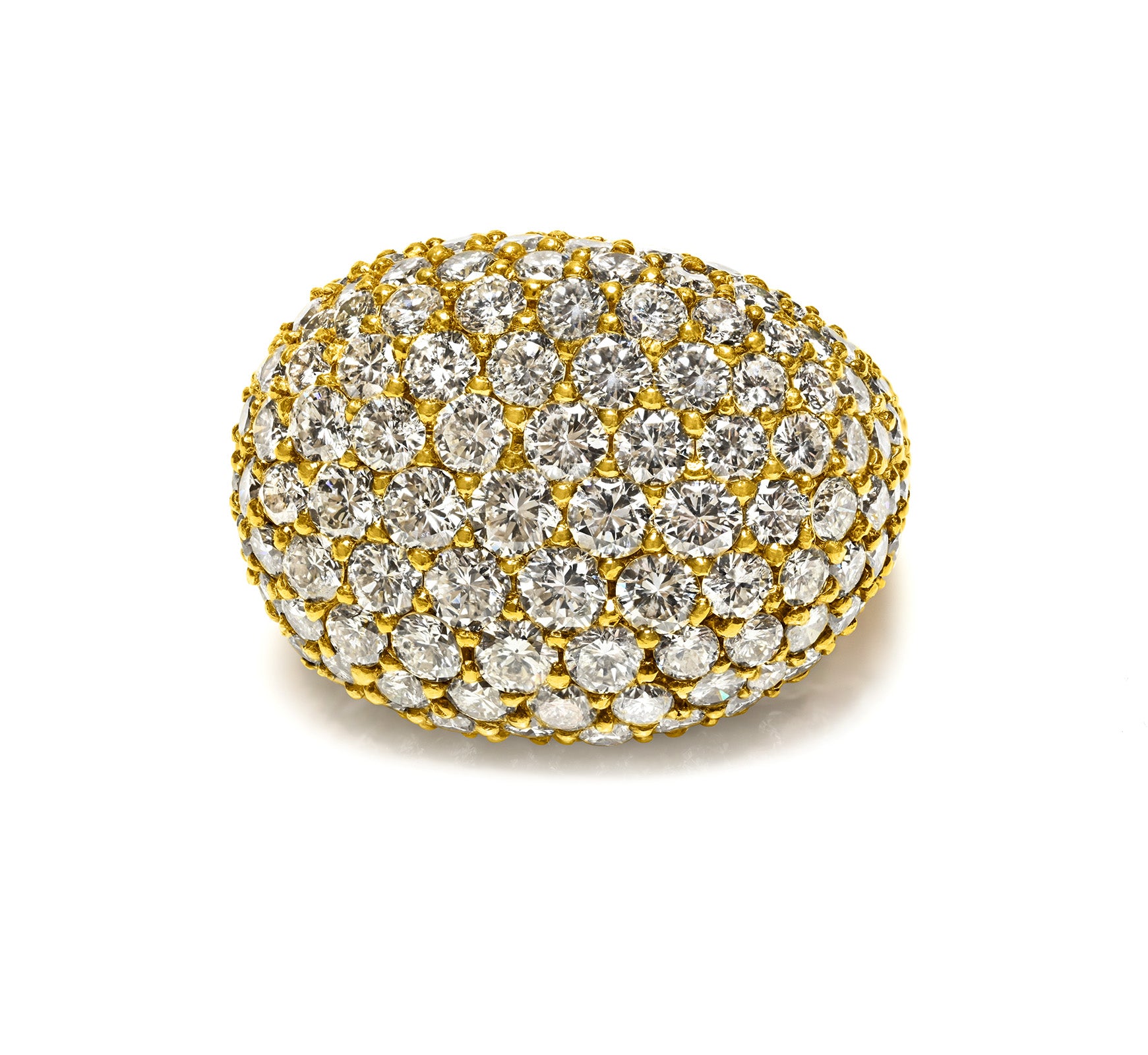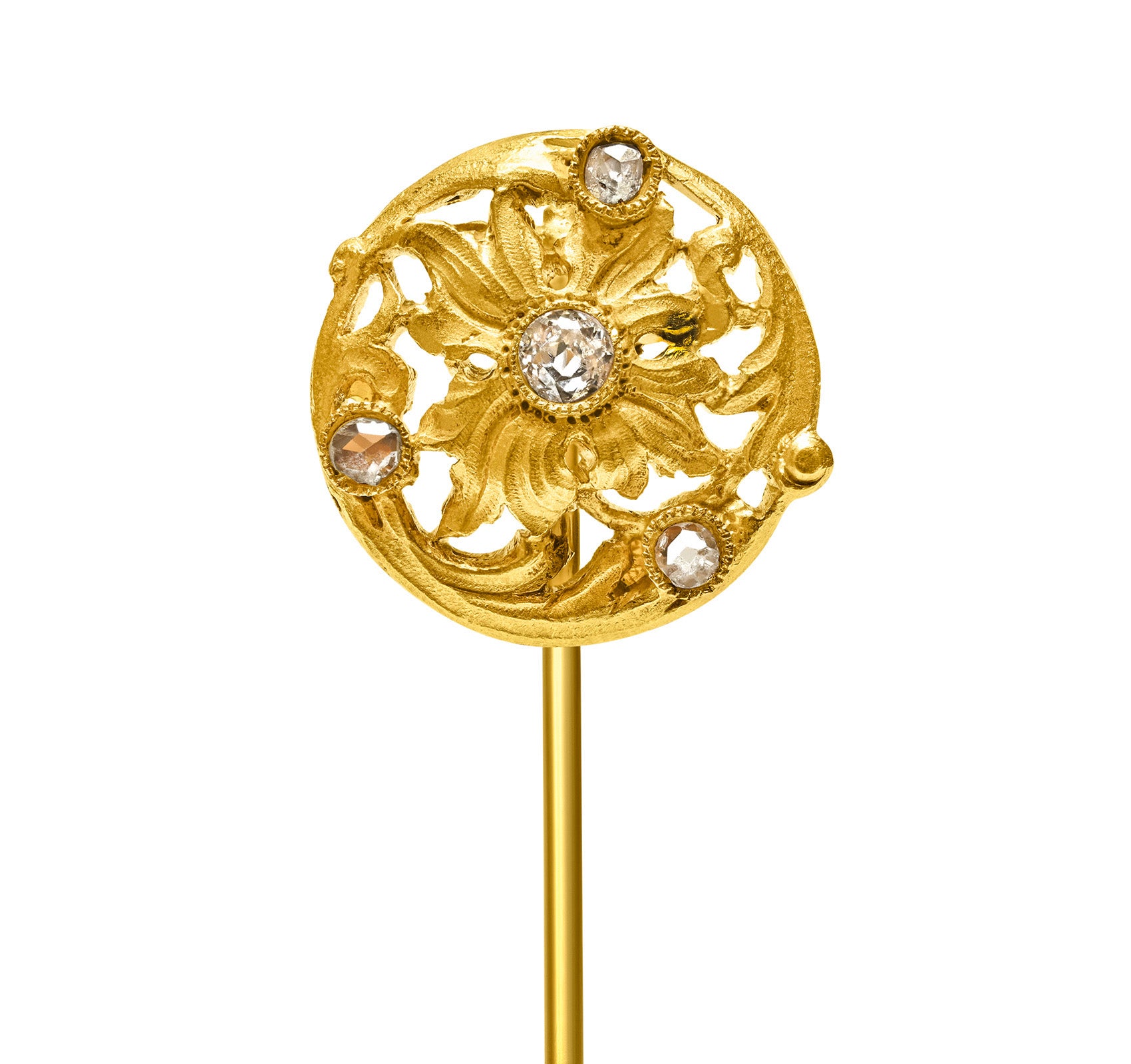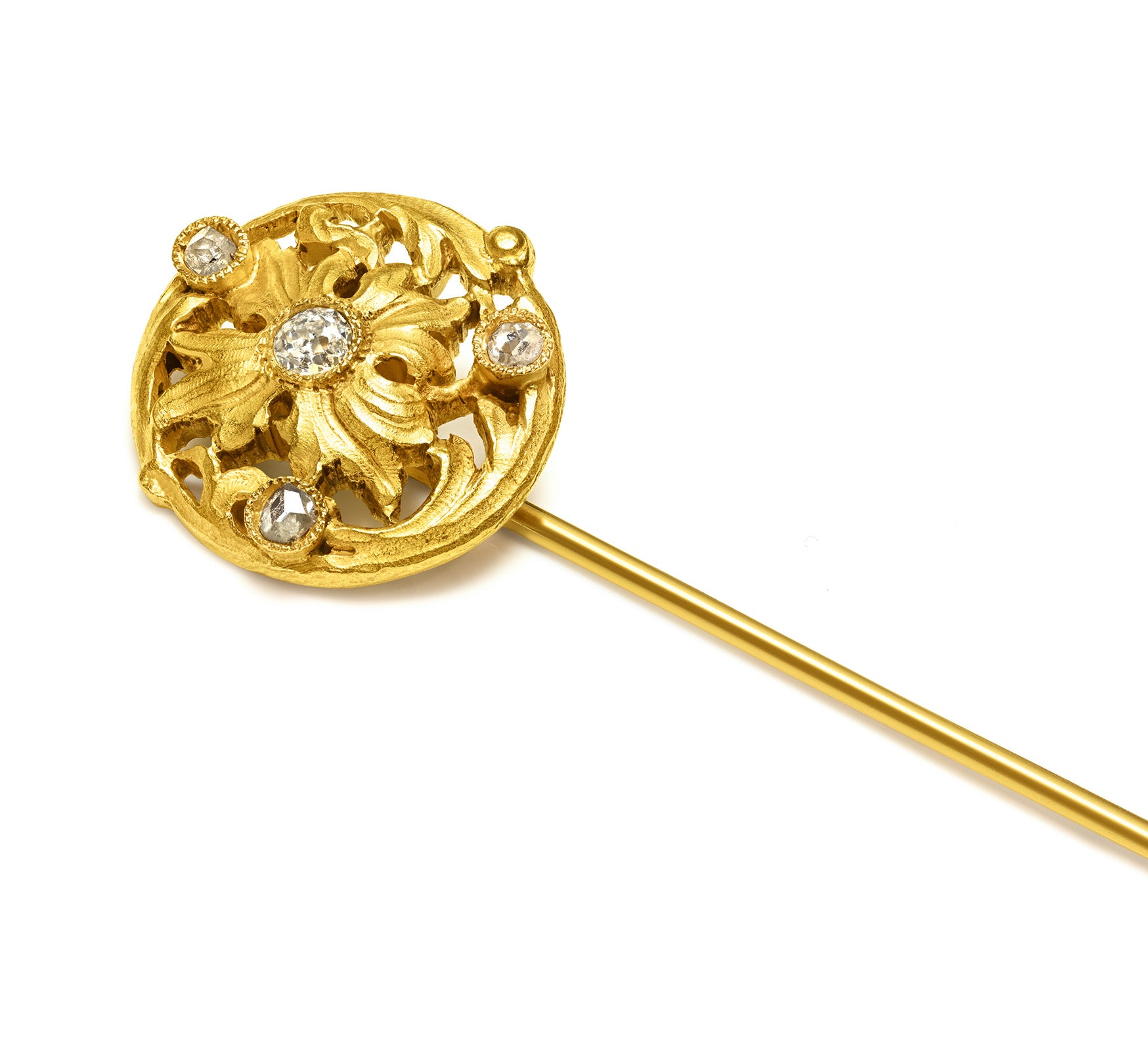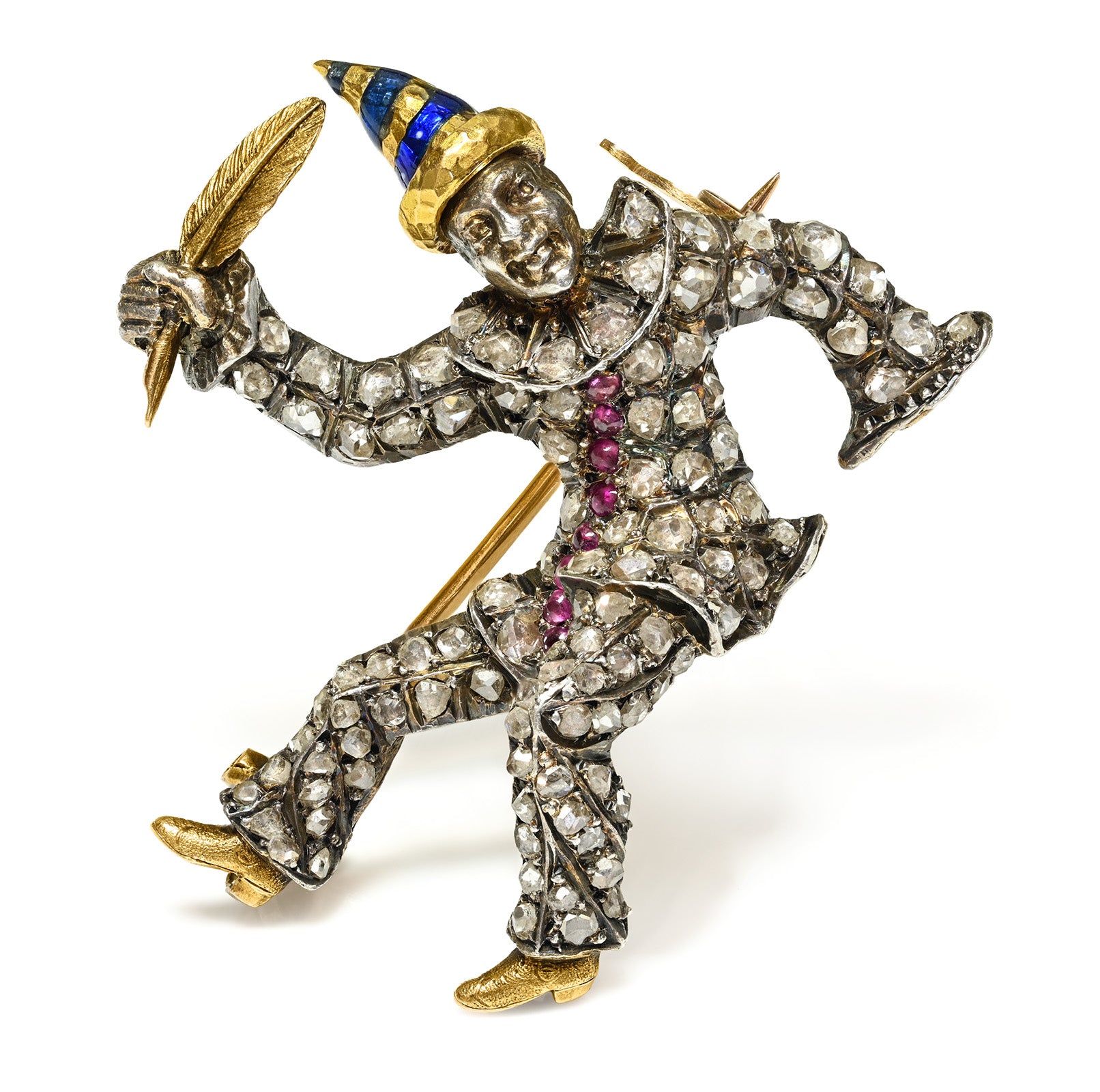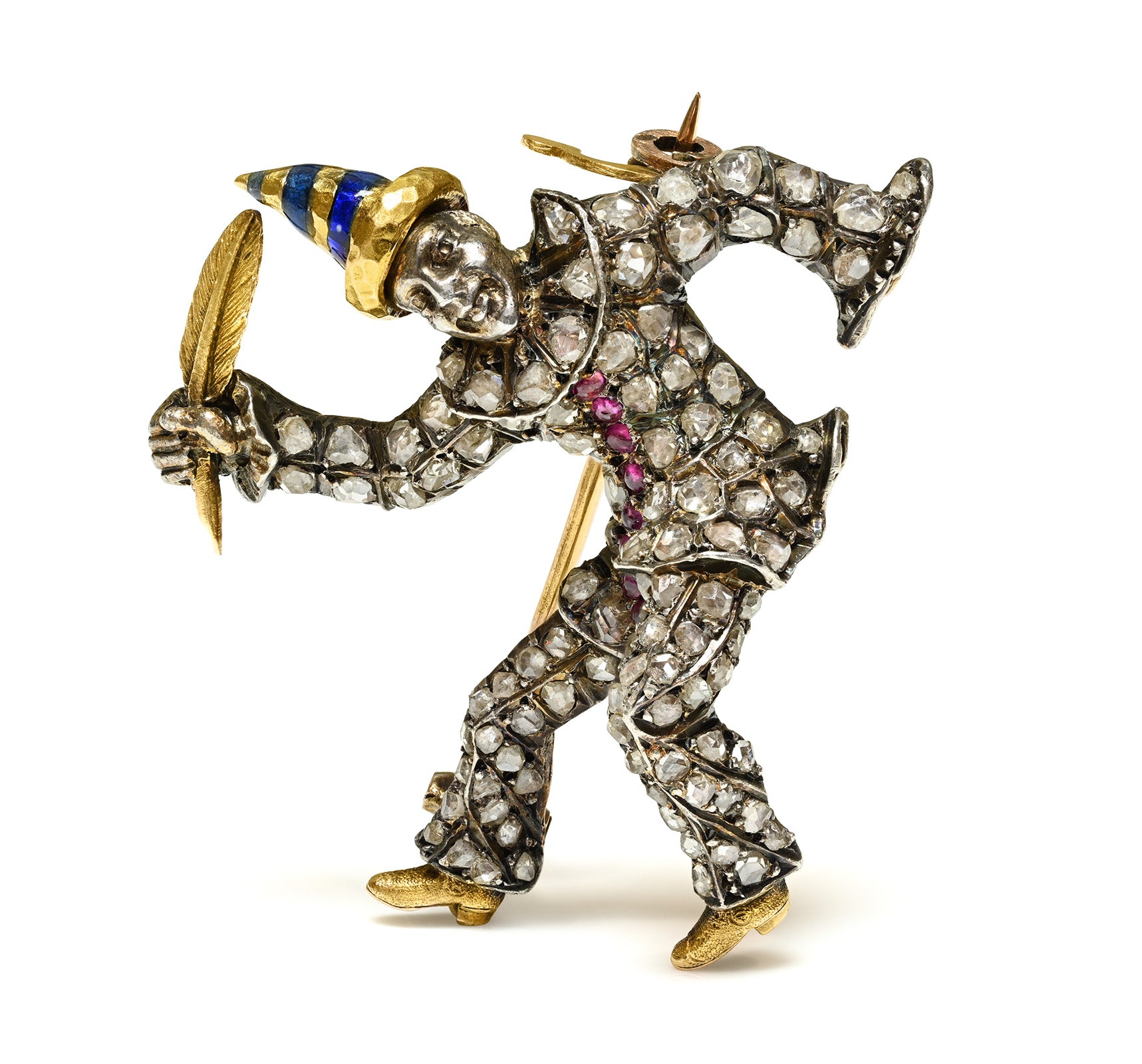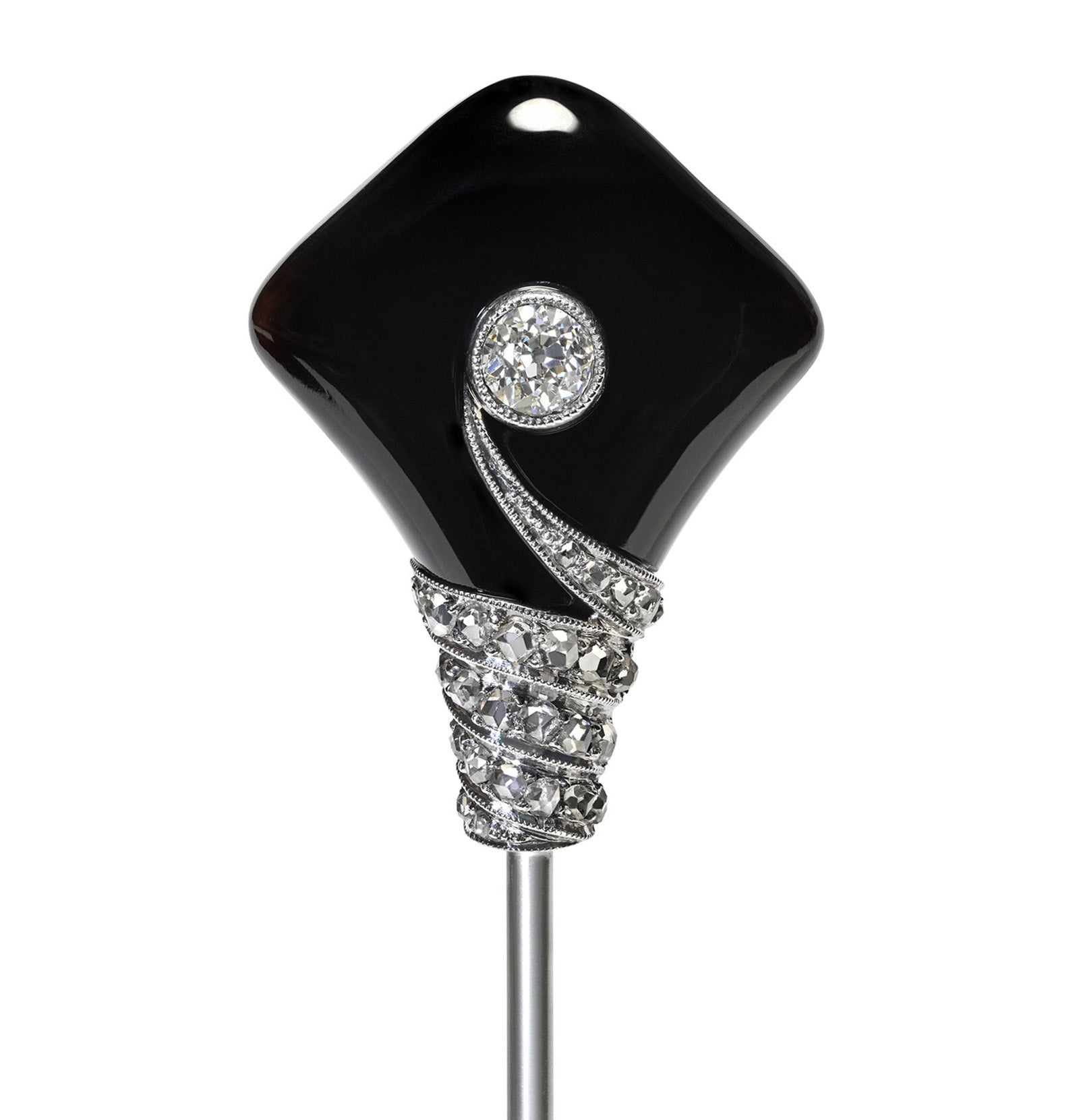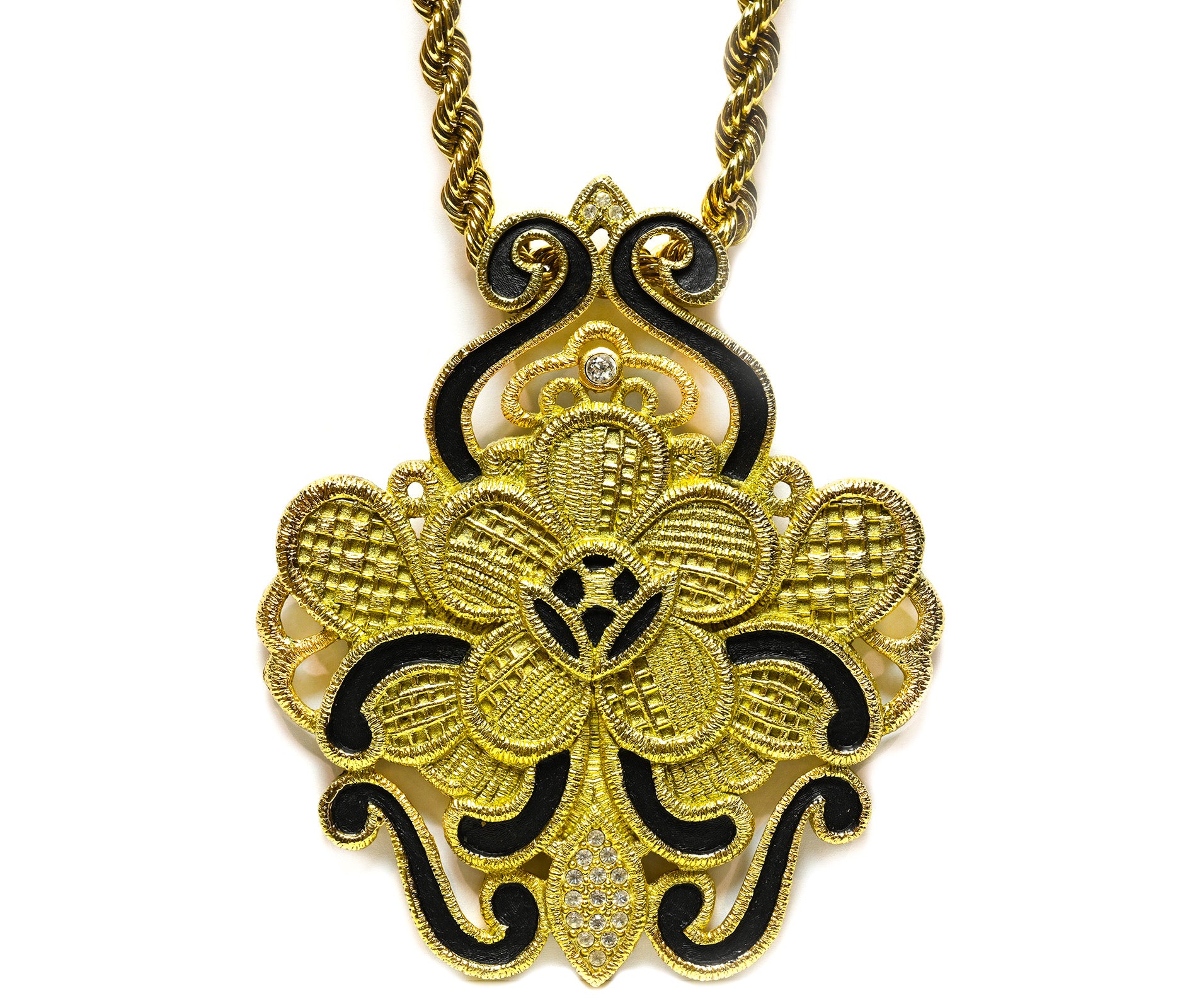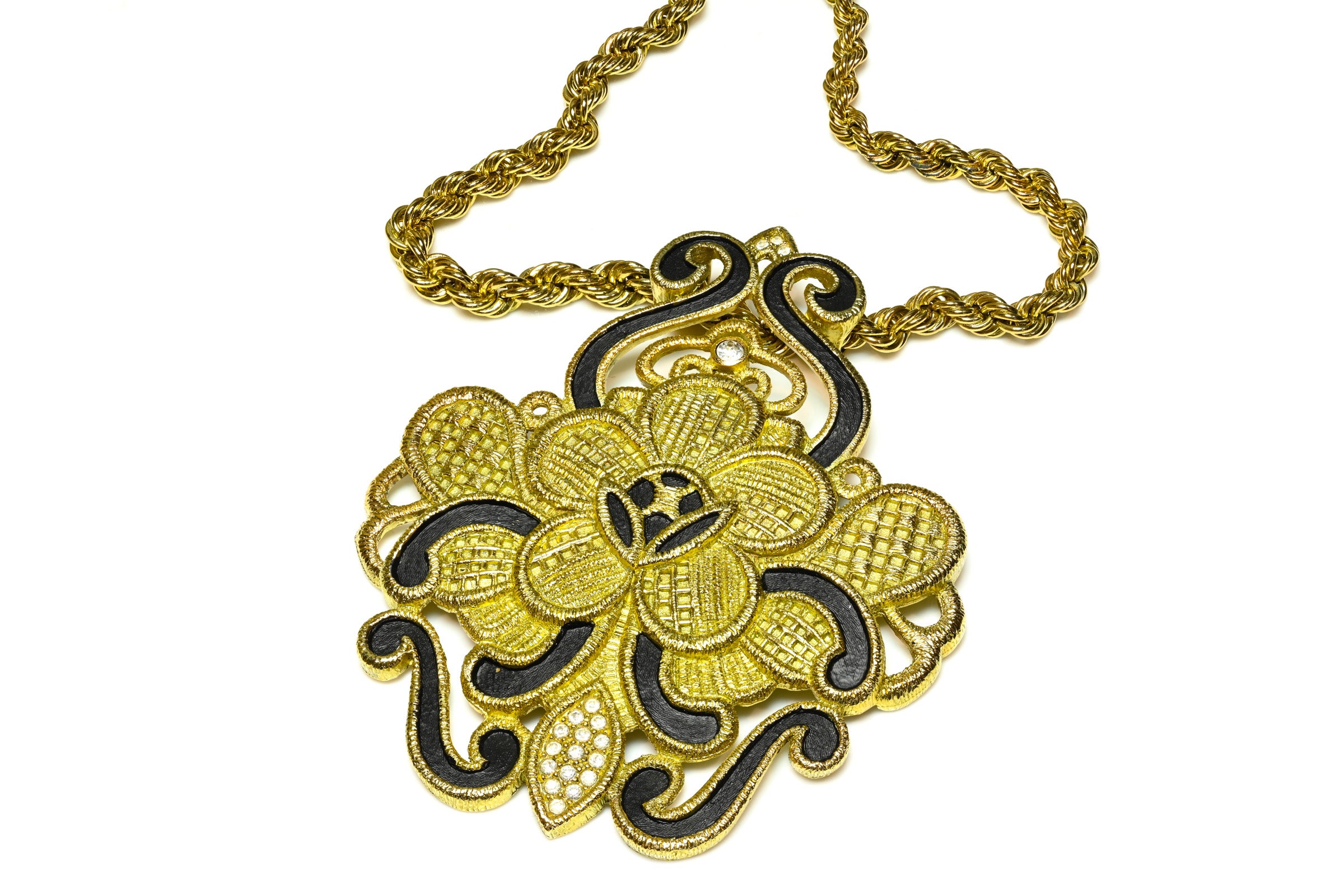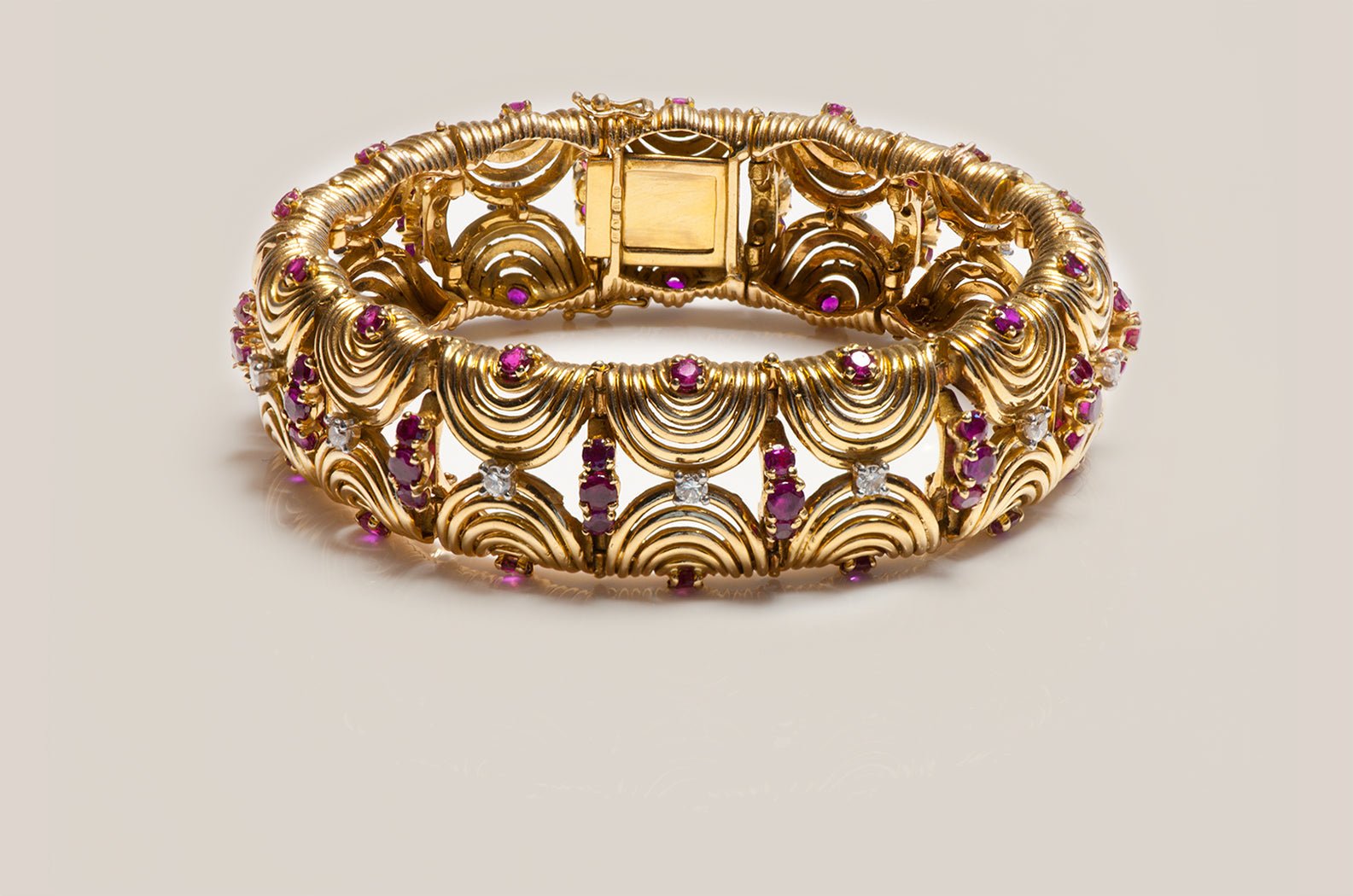
Is It Gold or Not? How To Tell If Your Jewelry Is Valuable Or Fake?
Usually, we buy gold jewelry from boutiques that we trust. We like to know what we are buying and we have our favorite retailers. The question of genuine or fake gold may arise if we are buying jewelry in an unusual context such as while traveling abroad. Is it really 10-karat, 14-karat, 18-karat gold, or just gold-plated jewelry?
And if you inherit your grandmother's jewelry, how do you tell sterling silver plated jewelry from genuine gold? And what about other old jewelry you got from your family or the nice neckless you received, once upon a time, from your former boyfriend? Are they genuine gold or do they only have a sentimental value?

It happens that some jewelry pieces lose their shine and appear worthless, but don't always be fooled by appearances. All that glitters is not gold and vice versa. Here are some steps to follow in order to know if the jewel you have in your hands is made out of gold or not.
And if you inherit your grandmother's jewelry, how do you tell sterling silver plated jewelry from genuine gold? And what about other old jewelry you got from your family or the nice neckless you received, once upon a time, from your former boyfriend? Are they genuine gold or do they only have a sentimental value?

It happens that some jewelry pieces lose their shine and appear worthless, but don't always be fooled by appearances. All that glitters is not gold and vice versa. Here are some steps to follow in order to know if the jewel you have in your hands is made out of gold or not.
How Do You Know If It's Gold Or Not?
Gold in fine jewelry can be identified in a number of ways, and the easiest methods are those that are already provided by manufacturers. The first thing you look for in gold jewelry is its hallmark.
If the piece of jewelry is designed in Europe for example, the hallmarks appear as symbols and are often placed so that they are easily identifiable. The eagle's head means 18 karats, the shell, 14 karats, and the shamrock, 9 karats.
In Canada, the hallmark is more discreet, often hidden, and simply indicates the titration as follows: 10K, 14K, 18K, or 24K gold.
In Europe, the numbers 750 (18K), 585 (14K), and 417 (10K) are also used and represent the concentration of pure gold in the alloy based on the value 1000. If the jewel is gold plated, the punched number is followed by a "P" or a "GF" (gold-filled). Obviously, there are also counterfeit pieces, but with rare exceptions, hallmarked jewelry is genuine.
The more karats the gold has, the more pure gold the alloy contains, therefore the higher the price of the jewelry.
24-carat gold - 999 ‰
18-carat gold - 750 ‰ (750 ‰ means 750 parts of pure gold from 1000 parts of alloy)
14-carat gold - 585 ‰ (585 ‰ means 585 parts of pure gold out of 1000 parts of alloy)
9-carat gold - 375 ‰ (375 ‰ means 375 parts of pure gold out of 1000 parts of alloy)
* ‰ = "mine"
Example:
- 14 gold parts and 10 alloy parts create 14 kt (karat) gold
- 18 gold parts and 6 alloy parts create 18 kt (karat) gold
- 24 gold parts create 24 kt (karat) gold
The Purity Markings
999,999 (the purest gold ever produced. Refined by Perth Mint in 1958)
999.99 (purest type of gold on the market)
999.9 (investment currencies)
999 (equivalent to 24 karats)
995 (minimum allowed in gold bars)
990
986 (known as the fine duchy, previously used in Austria and Hungary)
958.3 (equivalent to 23 karats)
916 (22-carat equivalent, this gold is used in Krugerrand investment coins)
900 (was most often used in Latin Monetary Union)
833 (equivalent to 20 karats)
750 (equivalent to 18 karats)
625 (equivalent to 15 karats)
585 (equivalent to 14 karats)
417 (equivalent to 10 karats)
375 (9 karat equivalent)
333 (equivalent to 8 karats, the minimum gold standard in Germany, after 1884)
Other Common Markings
Other Common Markings
925 – means that the jewelry piece is made of sterling silver. To be considered sterling silver a piece has to consist of 92.5% pure silver, with only 7.5% other elements mixed in.
GP – means plated with gold. It almost always has the karat fineness of the plating listed, i.e. 18K GP.
HGE – means high-grade electroplate, which is another way of denoting that the jewelry you are looking at is not solid gold. These pieces also generally display the karat fineness of the gold.
GF – is the abbreviation for gold-filled, which is a term that means a thin layer of gold was bonded to a base metal to make this jewelry piece.
GP – means plated with gold. It almost always has the karat fineness of the plating listed, i.e. 18K GP.
HGE – means high-grade electroplate, which is another way of denoting that the jewelry you are looking at is not solid gold. These pieces also generally display the karat fineness of the gold.
GF – is the abbreviation for gold-filled, which is a term that means a thin layer of gold was bonded to a base metal to make this jewelry piece.
Hallmarks and Manufacturer Stamping
Besides the purity markings, gold jewelry can be stamped with the manufacturer’s trademark or the trademark of the retailer selling the piece. This is legally required if the item is stamped and serves as a guarantee that the manufacturer/retailer is vouching for the accuracy of the stamp on the metal.
Different countries have different hallmarking systems, and so the stamps on the jewelry involved vary depending on where there were created geographically.
Nowadays, gold items sold in the United Kingdom are regularly hallmarked, the only exception being products that individually weigh under 1 gram. According to https://www.goldsmart.co.nz/, the U.K. products are stamped from one of four assay locations - London, Birmingham, Edinburgh, and Sheffield.
The US system is far looser and allows documentation separate from the jewelry itself, i.e. paperwork. Where a US jewelry piece is marked, it must have both the quality mark and trademark stamp next to each other.
China and India have no required system, and hallmark stamping in both countries is entirely a voluntary act, so fakes are common. Amazingly, the same goes for super-civilized Switzerland when it comes to hallmark stamping which is entirely voluntary unless the gold is in the form of a metal watch case.
In Italy - the country of fashion and good taste - on the other hand, gold jewelry markings include a stamp for the given manufacturer’s name as well as a grade of quality. Common gold names include Arezzo and Valenza, for example.
Europe came together in 1972 and tried to standardize hallmarking via a convention agreement better known today as the "Vienna System". It has been renamed the "Common Control Mark" or "CCM", but the standards were originally spelled out by the Vienna Convention on the Control of the Fineness and the Hallmarking of Precious Metal Objects.
China and India have no required system, and hallmark stamping in both countries is entirely a voluntary act, so fakes are common. Amazingly, the same goes for super-civilized Switzerland when it comes to hallmark stamping which is entirely voluntary unless the gold is in the form of a metal watch case.
In Italy - the country of fashion and good taste - on the other hand, gold jewelry markings include a stamp for the given manufacturer’s name as well as a grade of quality. Common gold names include Arezzo and Valenza, for example.
Europe came together in 1972 and tried to standardize hallmarking via a convention agreement better known today as the "Vienna System". It has been renamed the "Common Control Mark" or "CCM", but the standards were originally spelled out by the Vienna Convention on the Control of the Fineness and the Hallmarking of Precious Metal Objects.
If the jewelry piece isn’t stamped at all this doesn't necessarily mean that it is not made out of precious metal. In this case, we recommend you ask a specialist to help you with a "diagnose".



